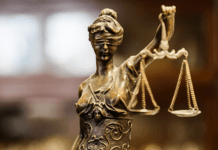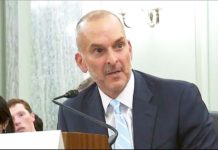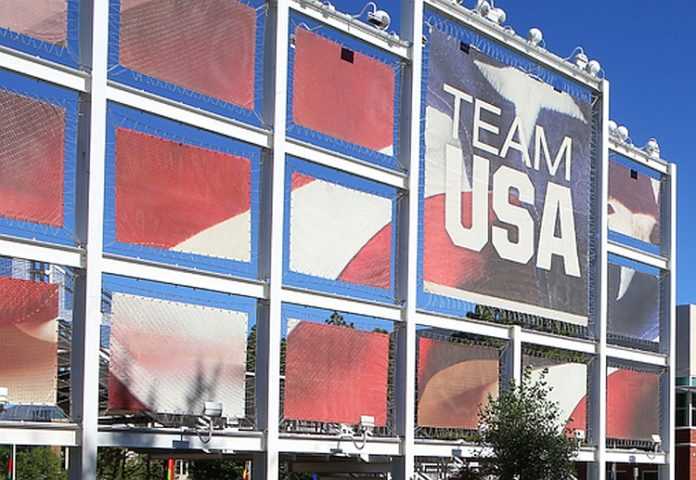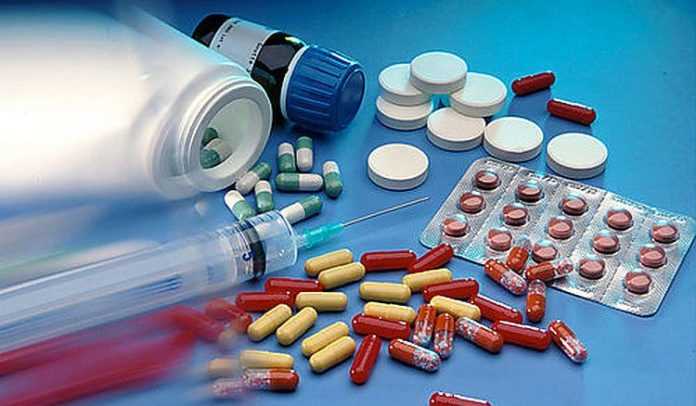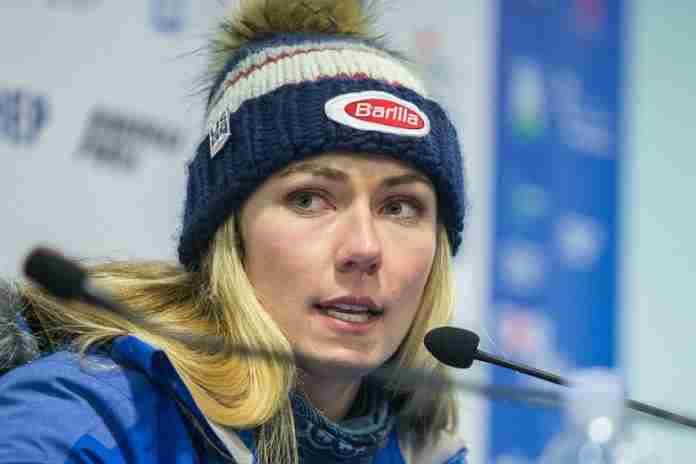Last Tuesday’s introduction of a bill by U.S. Senator Cory Gardner (R-Colorado) may be the start of a process which will empanel a 16-member working group to be called the “Commission on the State of U.S. Olympics and Paralympics.”
According to Gardner’s bill, its task will be to conduct a nine-month review of the USOC and consider 10 distinct matters. Friday’s Lane One previewed the possible findings of the Commission on matters 1-5; here’s a look ahead of what might be the highlights from items 6-10:
● (6) “An analysis of the participation in amateur athletics of – (I) women; (II) disabled individuals; and (III) minorities.”
This item has to be rewritten because – as noted in Friday’s Lane One – many of the athletes who are training to become Olympic or Paralympic participants are hardly amateurs. The USOC’s support systems and the National Governing Bodies work with thousands of amateur athletes, but also many professionals.
However, even the NGBs may not have good data on how many “amateur” athletes there are out there, as programs in many sports – take club swimming or road running in track & field – may not even be tracked by the NGB.
So the subject will have to be narrowed, perhaps to how many women and minorities are members or under training supervision or support by the NGBs; the participation of para-athletes – “disabled” under the terminology in the bill right now – is another issue entirely.
And any analysis of “participation” of athletes of Olympic age in the U.S. has to include, in a major way, collegiate athletes at the NCAA, NAIA and NJCAA levels. The USOC – and most NGBs – have very modest involvement there.
● (7) “A description of ongoing efforts by the United States Olympic Committee to recruit the Olympics and Paralympics to the United States.”
If this item is correctly stated, the USOC should get an A+ on this one!
The 2028 Olympic Games will return to Los Angeles – the first summer Games in the U.S. since 1996 – along with the Paralympic Games, and Salt Lake City will be a formidable contender for the 2030 Winter Games and Winter Paralympics, or any Games thereafter.
The USOC could be asked, however, if it has a summer Games plan beyond Los Angeles; if they do, it’s a waste of time.
The Ted Stevens Olympic and Amateur Sports Act specifies American participation in the Pan American Games as well as the Olympics, and the USOC could be asked whether it has any intention of bidding on a future Pan Ams. The answer to that is “yes,” but in the faraway future … after Salt Lake City is done hosting a Winter Olympics.
● (8) “An evaluation of the function of the national governing bodies (as defined in section 220502 of title 36, United 17 States Code) and an analysis of the responsiveness of the national governing bodies to athletes.”
The duties and functions of the National Governing Bodies are specifically defined in the Ted Stevens Olympic and Amateur Sports Act at 36 U.S.C. §220523-24. The current language is heavily weighted to “amateur” sport as opposed to “Olympic” sport and that needs to be fixed to cover the reality of Olympic athletes as semi-professionals or fully professionals.
Two of the first three responsibilities of the NGBs listed in the Act are going to end up being a significant focus of the review:
“(1) develop interest and participation throughout the United States and be responsible to the persons and amateur sports organizations it represents; …
“(3) keep amateur athletes informed of policy matters and reasonably reflect the views of the athletes in its policy decisions;”
There won’t be any question that these items should be changed, but what actually constitutes “being responsible” to the athletes and organizations an NGB “represents” and “keeping amateur athletes informed.” Those are going to be difficult to define in a way which satisfies everyone and is actually workable in practice.
At present, there is no specific duty in the Act for an NGB to maintain an anti-abuse and anti-doping program; look for an extensive discussion about whether and how to add such language to the Act going forward. There are requirements for safety in granting sanctions for events, but not for the NGB itself.
● (9) “An assessment of whether the United States Center for Safe Sport effectively handles reported cases of bullying, hazing, harassment, and sexual assault.”
If the evaluation were done this week, the Center would get a “D” for “needs improvement.” But as a new organization and needing a new director – Shellie Pfohl left at the end of 2018 – the Center has made a good start.
USOC chief executive Sarah Hirshland told The New York Times that the USOC has asked Congress for $5 million a year for the Center and the reply was $2.5 million over five years. The USOC stepped up with $6.2 million for 2019 as requested by the Center in the last few months.
One of the issues identified at the Congressional hearings looking into the Larry Nassar scandal and related issues was a lack of defined, consistent funding for the Center for SafeSport. Said Hirshland, “I don’t think there’s an easy answer that says, yes, the government’s going to fund this to this amount and here’s where it’s going to come from. We don’t have any confidence that real funding is going to come at this point.”
● (10) “An assessment of the finances and the financial organization of the United States Olympic Committee.”
This will be a wake-up call for a lot of people that assume the USOC has endless funds to do anything it wants to do. It doesn’t.
The USOC publishes annual financial statements (here) and the 31 December 2017 accounting showed $213 million in revenue for 2017 and $209 million in expenses, for a $4 million surplus. That’s impressive, but the USOC is hardly ExxonMobil, Google or General Electric.
In Hirshland’s interview with The New York Times, she noted that one of the priority projects underway to identifying the “revenue gap” between what the USOC and the National Governing Bodies – most of whom are quite modestly funded – have to spend and what the cost would be for training and support of all of the potential Olympic athletes in the U.S.
There is going to be a gap and it will be quite large. What can be done about it will come next, but if this item is thoroughly researched, the fact that the U.S. does so well at the Olympic and Winter Games with no direct governmental support will be seen as all the more miraculous. As is well known inside the U.S. Olympic Movement, the USOC is the only National Olympic Committee in the world which does not receive direct operating income from the national government of its country.
It was fascinating that in his testimony in front of the 24 July Senate Subcommittee hearing, USOC Athletes’ Advisory Council head Han Xiao (table tennis) did not submit a list of desired amendments to the Act. Instead, he asked for an external oversight office – an “Inspector General” – over the USOC that would report to the Athletes Advisory Council and the Congress, and an internal support advisor/in-house athlete counsel he called an “Athlete Advocate” to work directly for athletes within the USOC organization.
Neither of those requests are clear fits within the Commission’s oversight responsibilities outlined in Sen. Gardner’s bill, but could easily be included if desired.
It’s hard to know if, in today’s fractured environment, Gardner’s bill will go forward. But if it does, the resulting Commission will have its hands full trying to evaluate a U.S. Olympic system which is the most successful in the world, and yet has failed in many areas to fund, protect and promote athletes who are the stars of the greatest athletic event in the world.
Rich Perelman
Editor














